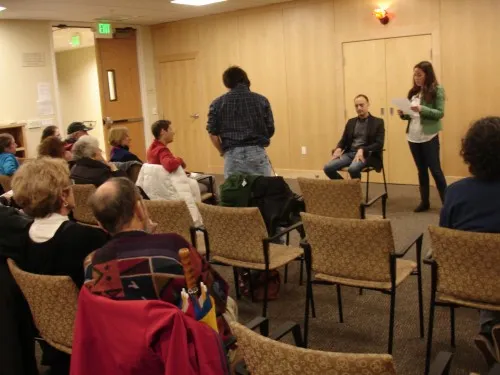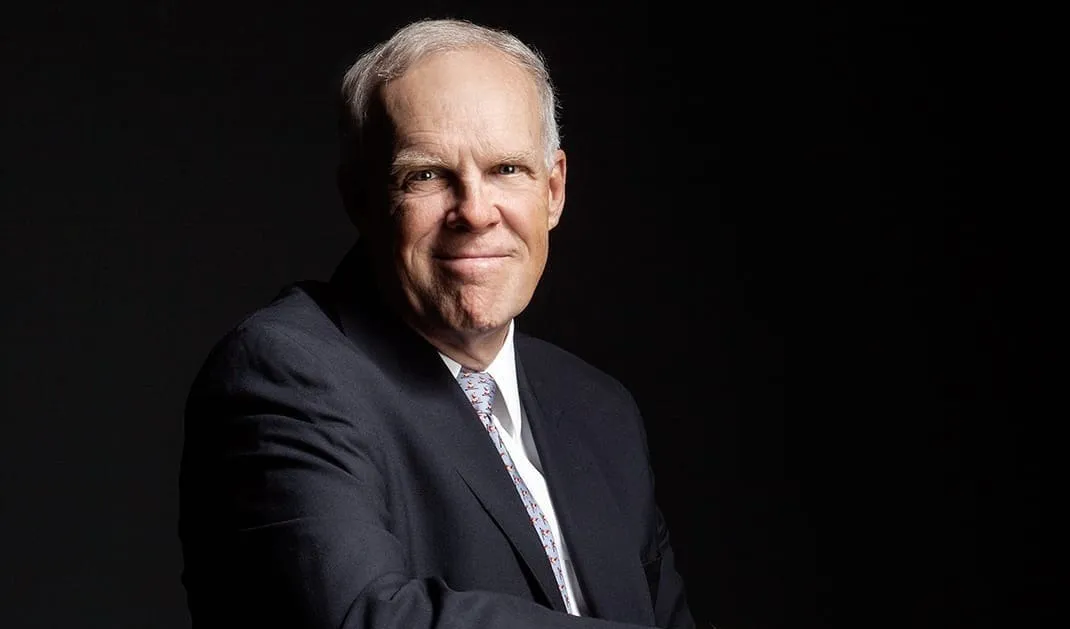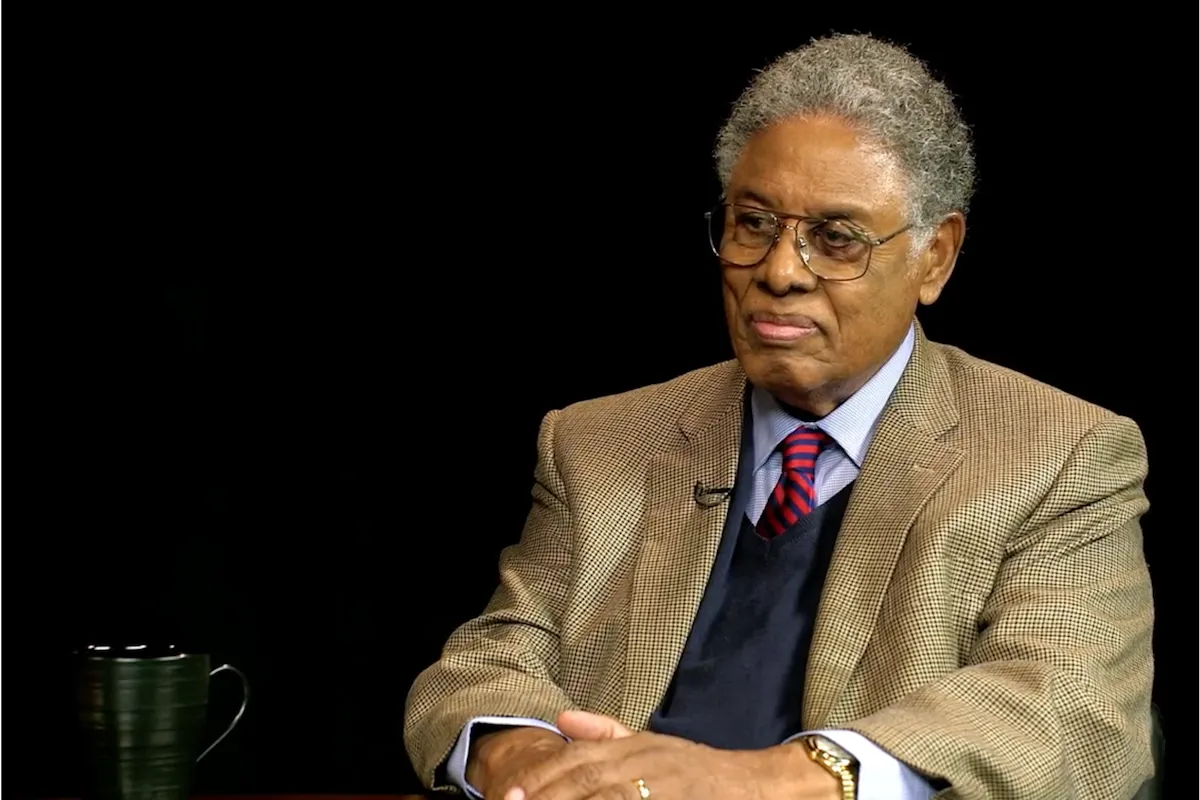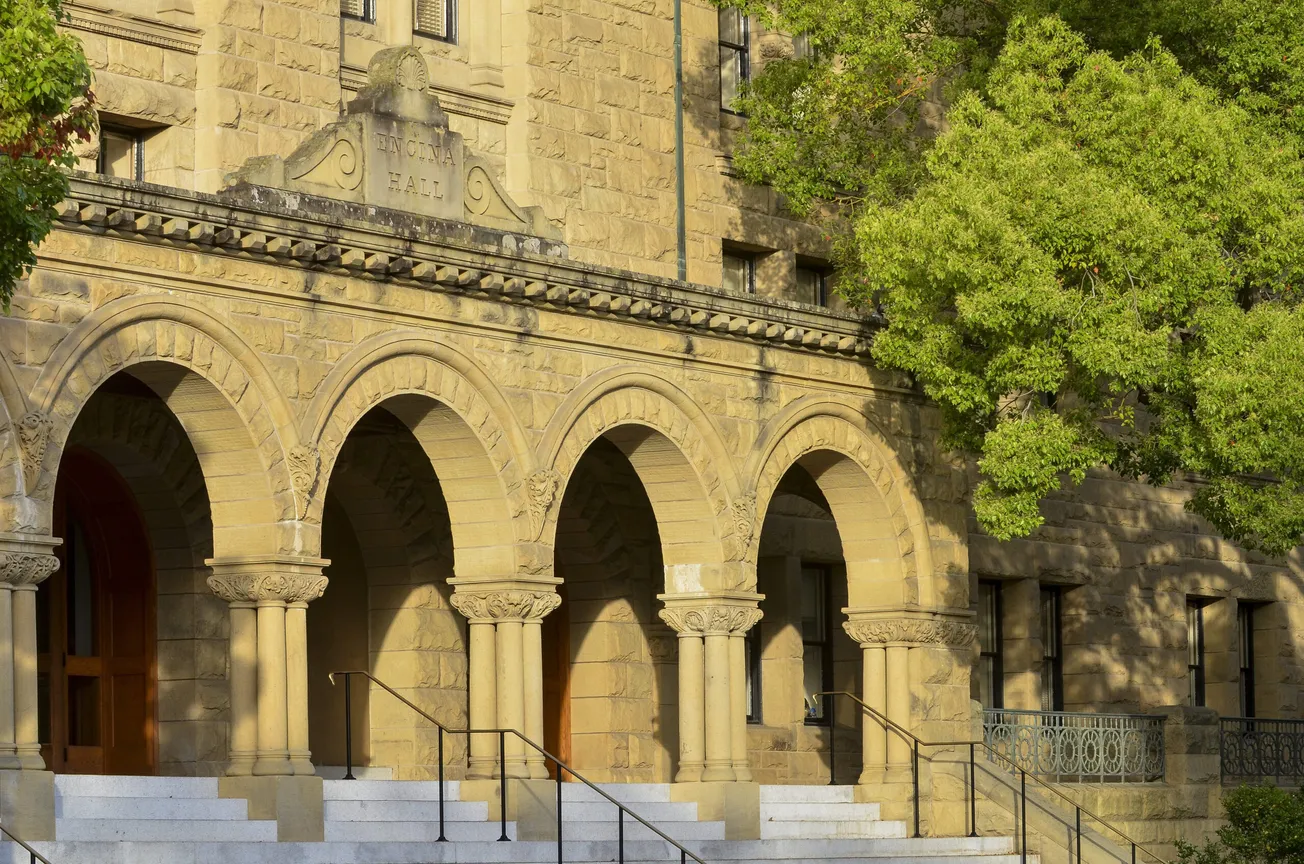Table of Contents
During the 2012-2013 academic year, Stanford has seen visits from an Iranian-Israeli music icon and an eminent Iraqi-Israeli reporter. Collectively, they attest to the benefits of cultural integration…On the evening of November 3, the tones of soaring vocals and the shouts of excited fans reverberated through Dinkelspiel Auditorium.
This autumn, Stanford hosted Iranian-Israeli musician Rita Jahanforuz. The 50-year-old celebrity has delighted audiences in Israel for decades with her unique blending of music genres from throughout the Middle East. Rita holds her largest fan base in Israel, but also thrives as an international musician and political icon. While her act no doubt makes for a good show, Rita does more than entertain. Throughout her career, she has promulgated her intent to “puncture the wall of tension” between Israel and Iran. Her objective is unmistakable—she wishes to bridge divides between people through her multicultural personal background and musical medleys. As she puts it, her aim is to serve as an “ambassador of peace.” Melodious in both her ability to harmonize musical genres and her ability to harmonize people of various backgrounds through music, Rita is the quintessential multicultural success story.
Earlier in February, the esteemed reporter and radio show host Joseph Braude addressed how the prevalence of different ethnic and cultural demographics within Israel produces such multicultural sensations. Mr. Braude was invited to speak at Stanford on the topic of “Jews in the Arab World” from the perspective of a seasoned reporter and an Iraqi-Israeli. He endeavored to answer the question of from where this diversity stems and how these communities have become integrated into Israeli society through his experiences as a journalist specializing in Middle Eastern affairs. Braude’s talk, which was sponsored by JIMENA (Jews Indigenous to the Middle East and North Africa), highlighted the little known story of Jewish refugees from Arab countries.
JIMENA offers unique educational opportunities and publicizes the stories of the nearly one million Jews displaced from Arab lands. Middle Eastern and North African (Mizrahi) Jews contribute immensely to the great eclecticism that characterizes Israeli society and culture. The representation and advancement of Mizrahi Jews in every facet of Israeli society attests to their resilience, Israel’s inclination to integrate various peoples, and the efficacy of cultural immersion. Since Mizrahi-Sephardic Jews make up 50% of Israel’s population, JIMENA gives special emphasis to the histories and current realities of this central demographic group within Israel.
Mr. Braude expressed how grave circumstance led to the migration of Arab Jews from Arab lands after the Israeli War of Independence in 1948. Approximately 850,000 Jews were expelled or forced to flee from the Middle East and North Africa.
The dramatic decline of the once vibrant Iraqi-Jewish community punctuates the extent of this steep demographic shift. In the 1940s, the population of Baghdad was 40% Jewish, and currently, less than ten Jews reside in all of Iraq. Only one Jewish house of worship remains in the entirety of the country.
Just two significant Jewish communities remain in North Africa, in Morocco and Tunisia. The once robust community of a quarter million Jews in Morocco is now 6,000. The Tunisian Jewish population of 100,000 has dwindled to 2,000.
Mr. Braude emphasized how both of these communities express a great desire to branch out and connect with the outside world. As many of these displaced persons immigrated to Israel, the remaining populations in places like Morocco and Tunisia seek to link up with the current epicenter of Jewish-Arabs. He stressed that nearly half of the Israeli population is of Middle Eastern and North African descent, accounting for much of the diverse ethnic and cultural composition of Israel, which has roots in 70 countries. He emphasized that approximately 20% of the Israeli population is non-Jewish, and 14% identify as Arab-Muslim. All citizens, regardless of race or creed, are represented and participate fully in Israeli national politics. Arab-Muslims have held as many as 12 of the 120 seats in the Israeli parliament, or Knesset, and add significantly to the plurality of opinions and perspectives represented in Israeli society.
Visits from Rita and Mr. Braude to Stanford collectively demonstrated the fruitfulness of embracing cultural diversity. As Stanford students interested in gaining more comprehensive, nuanced, and accurate understandings of current developments around the world, including the Arab-Israeli conflict, it is imperative to familiarize ourselves with the stories of Jews from Arab countries as well as other minorities who have been affected by tension and intolerance. Understanding the origins of current demographic realities in the region will help us to more fully contextualize different narratives.
Doni Kaye ’15 is a StandWithUs Emerson Fellow and Campus Outreach Chair of the Stanford Israel Alliance. He can be reached at dkaye@stanford.edu.






